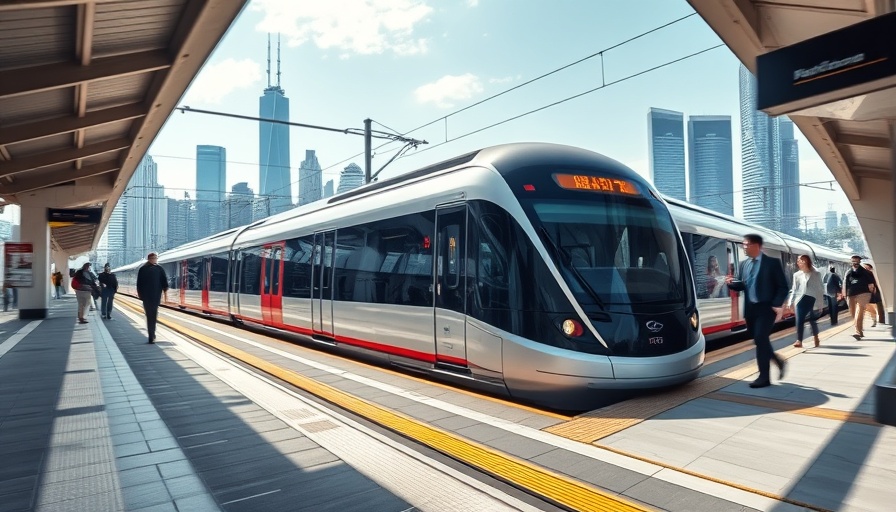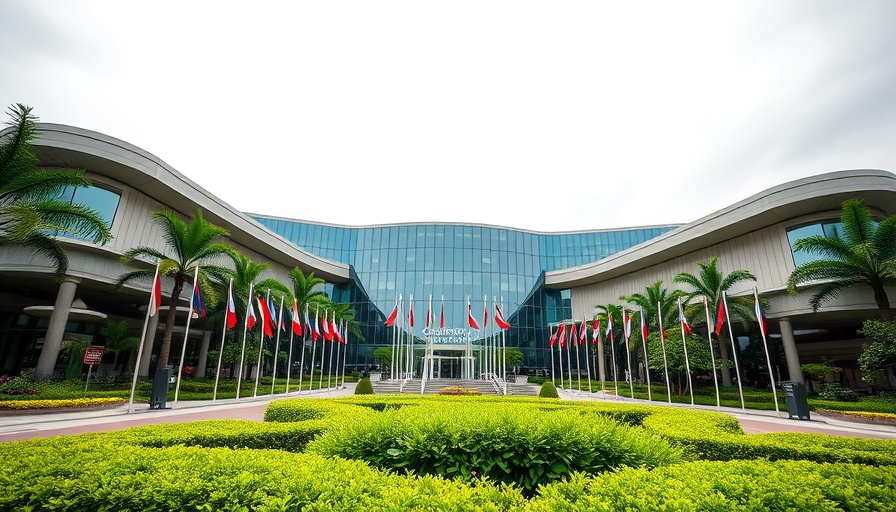
Revitalizing Urban Transit in the Philippines
The deployment of Chinese-made Dalian trains on Metro Rail Transit Line 3 (MRT-3) in the Philippines is a monumental step towards modernizing public transportation. After nearly a decade of inaction, these light rail vehicles (LRVs) are set to transform urban commuting for millions in Metro Manila. Each train has the capacity to carry around 1,200 passengers, effectively addressing the system's history of severe congestion. With daily ridership often exceeding twice the 350,000 passenger design limit, such enhancements are long overdue.
Addressing Long-Standing Challenges
Under the auspices of the Philippine Department of Transportation (DOTr), this initiative aims to alleviate rush hour chaos. Improved reliability and decreased waiting times are on the agenda, as these new trains significantly reduce mechanical issues plaguing the old system. The Dalian trains, originally purchased for ₱3.76 billion in 2014 but sidelined due to compatibility problems, have undergone crucial assessments and are now ready for public use thanks to the expertise from Japan’s Sumitomo Corp. and Germany’s TÜV Rheinland.
A Lesson in Procurement and Governance
This situation also highlights the importance of due diligence in large-scale public procurement. The previous government’s inability to swiftly address the trains' numerous issues delayed their usage for years. However, under President Ferdinand Marcos Jr., decisive actions were taken to expedite safety certifications, turning a setback into a success story that emphasizes the value of efficient governance. This serves as an encouraging reminder of what can be achieved through commitment and cooperation.
Rebuilding Trust in Infrastructure Investments
The revival of the Dalian train project comes at a critical time for Philippine-Chinese relations. Past collaborations have been marred by mistrust, delayed projects, and controversy. Yet, this successful revitalization—a project completed without additional cost to the Philippine government—signals a new chapter in bilateral cooperation. By demonstrating the ability to work effectively within large public infrastructure projects, both nations can rebuild trust, opening doors for future collaborations that benefit both countries.
Inner City Connectivity: A Step Towards Sustainable Travel
As more travelers and locals opt for public transport, embracing these new Dalian trains could mark a significant shift towards sustainable urban travel solutions in the Philippines. The current focus on improving public transit ultimately benefits the environment and enhances the quality of life for residents by reducing congestion and lowering carbon emissions. For those exploring the vibrant culture and attractions of Metro Manila, efficient train services will make urban adventures more accessible and enjoyable.
 Add Row
Add Row  Add
Add 




Write A Comment